Canning Basics You Need to Know
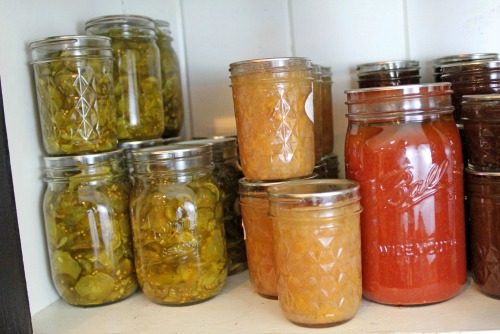
Now that I’m a homeowner and have a garden of my own, there’s one thing I feel is crucial for me to learn. Canning! One of the best ways to ensure that all the extra food you grow doesn’t go bad is to can it! But can I be honest? I have no idea where to even start! So I’ve been doing some research and learning a few of the basics, and here’s what all you other beginners need to know:).
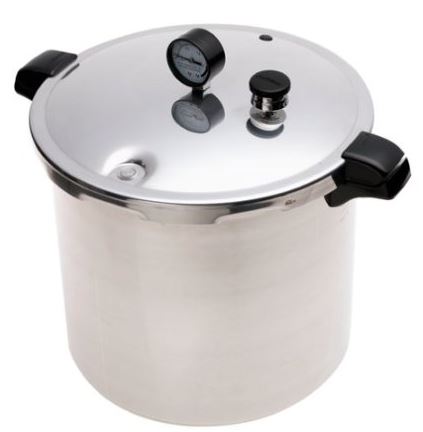
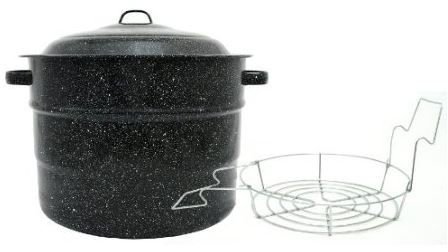
The first thing to know is that there are two different processes to can. One requires a pressure canner/cooker, the other is to give your cans a water bath. Generally, water bath canning works great for tomatoes, salsas, jams, and any foods that have a natural acid in them that will help kill off bacteria. Pressure cooking is great for canning things like meat, potatoes, carrots, and other foods that don’t have a natural acid, because it will help kill any bacteria that might want to grow;). Water bath canning is probably the best place to start, since you don’t have to stress as much about killing all the bacteria!
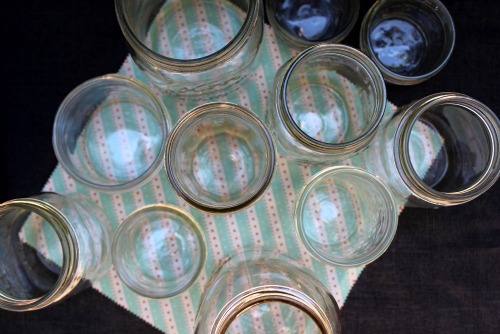
Another important thing to look at is the jars you’ll be using for canning. Double check that the jars you’re using are made for canning; you’ll also want to make sure that there are no cracks or rust on the jars/rings; and never reuse the lids- the seal is only good for one time! You really want to make sure your jars are clean when using them, so wash them with warm water and soap right before using them; you can also boil them in the water bath before using them to really make sure they’re sterile. When taking them out, pour the water back into the pot and lay them on a clean paper towel on the counter. However you do it, just make sure your jars are freshly cleaned before you start!
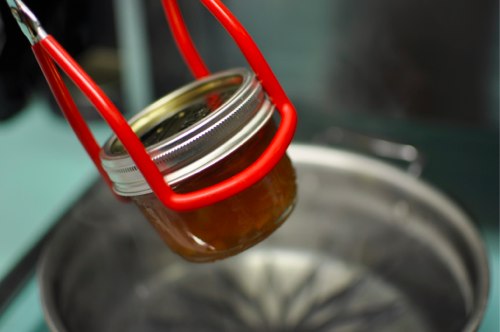
There are a couple tools you might want to invest in as well if you’re planning on doing a lot of canning. Obviously, you’ll need a large pot for the water bath (or a pressure canner if you’re going that route). You’ll also need a wide-mouth funnel to make things as neat as possible (which will help with your seal- dirty jars don’t seal as well!). A jar lifter is also a very helpful tool- it will help you to get jars out of the hot water without burning yourself! And of course, you’ll need anything you would use for your recipe (tongs, measuring cups, etc). You can find a lot of these items at thrift stores and garage sale, so keep an eye out!
The other crucial thing is to have a good recipe! Sure there are lots of recipes online, but I think the best way to find recipes is to talk to family members, friends, neighbors, etc. They probably have a good recipe on hand, and you might even be able to convince them to help you out ;). And of all the canning recipes to start with, jam is usually the best way to go. If you have any cans that didn’t seal right, you can stick them in the fridge and eat them first;).
These are just a few of the basic things to know when beginning your canning journey. I’m sure a lot of our readers are canning gurus and I’d love to hear from you! What is your favorite method of canning, and what tips would you give someone who has never canned before? Share in the comments below!
- https://www.frugallivingnw.com/canning-for-beginners-faqs/#_a5y_p=3836381
- https://www.simplyfrugal.ca/canning-101-how-to-get-started-with-canning/#_a5y_p=2203210
- https://www.motherearthnews.com/real-food/home-canning-for-beginners-zmaz92aszshe.aspx
- https://www.seriouseats.com/2012/02/how-to-can-canning-pickling-preserving-ball-jars-materials-siphoning-recipes.html
 Camille Hoffmann
Camille Hoffmann
Weekly Newsletter Contributor since 2014
Email the author! camille@dvo.com
